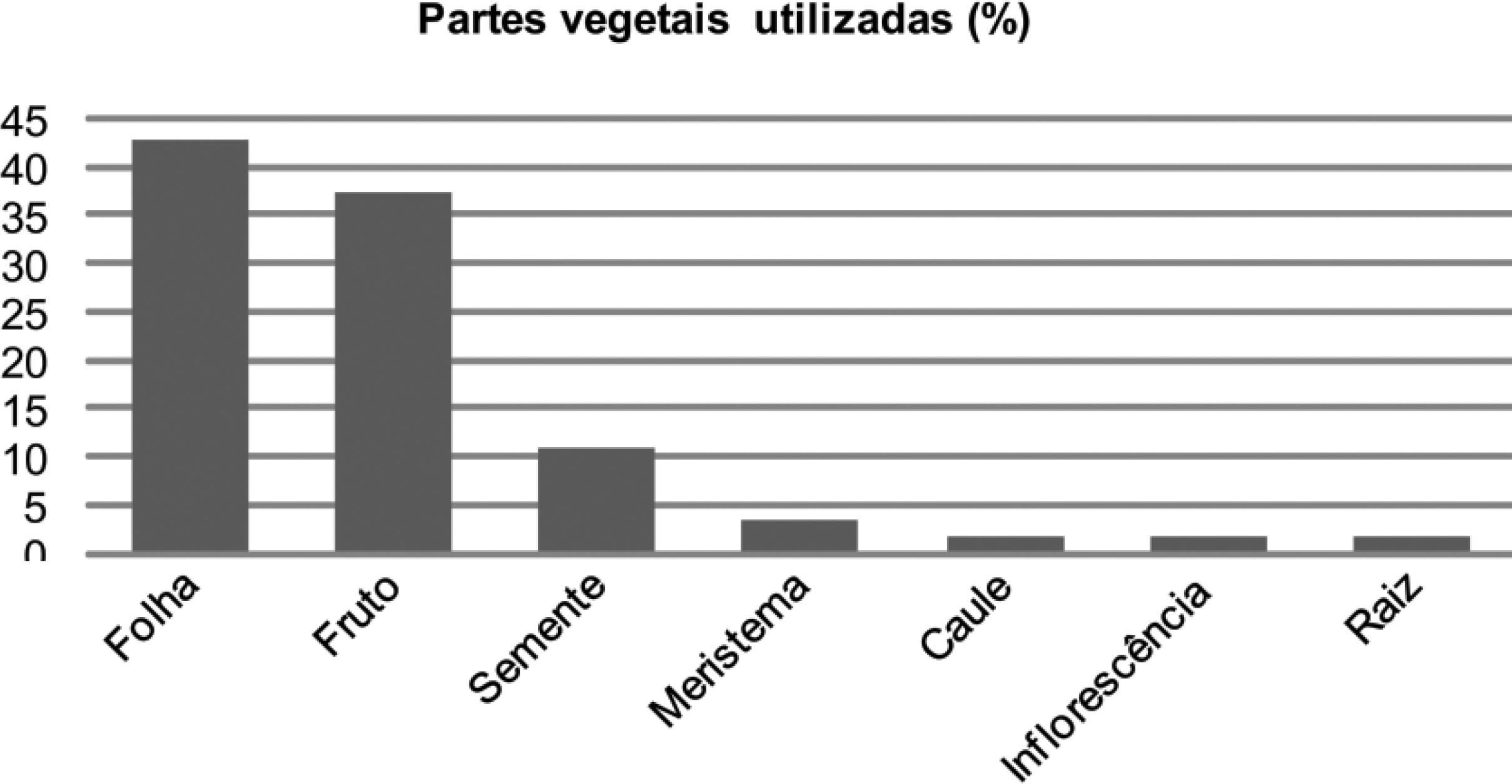Abstract
With more than 46.000 species of plants, Brazil has one of the largest biological diversity in the world. This biodiversity is still little known and its use as food has been neglected. The use of local biodiversity in diet contributes to the expansion of the sources of nutrients available to the population and to the promotion of food sovereignty and security. The present study analyzed the knowledge and the use of unconventional food plants (UFP) in the rural community of São José da Figueira, Durandé, Minas Gerais, Brazil. The research was conducted using the Snowball Sampling with semi-structured interviews. The relative frequency of species citation (Fr) was evaluated. There were 56 species of UFP distributed in 29 botanical families. Asteraceae and Lamiaceae were distinguished by the richness of food species, contributing with 9 and 6 species, respectively. Sonchus oleraceus (Asteraceae) and Xanthosoma sagittifolium (Araceae) had the highest relative frequencies of citation (32.1). Most of the plants cited are native (38.2%). The results show the great knowledge of the community about the local diversity, and the importance of these species in the feeding of families. The results show the great knowledge of the community about the local diversity, and the importance of these species in the community alimentation.
Key words:
family farming; agrobiodiversity; conservation; food security



